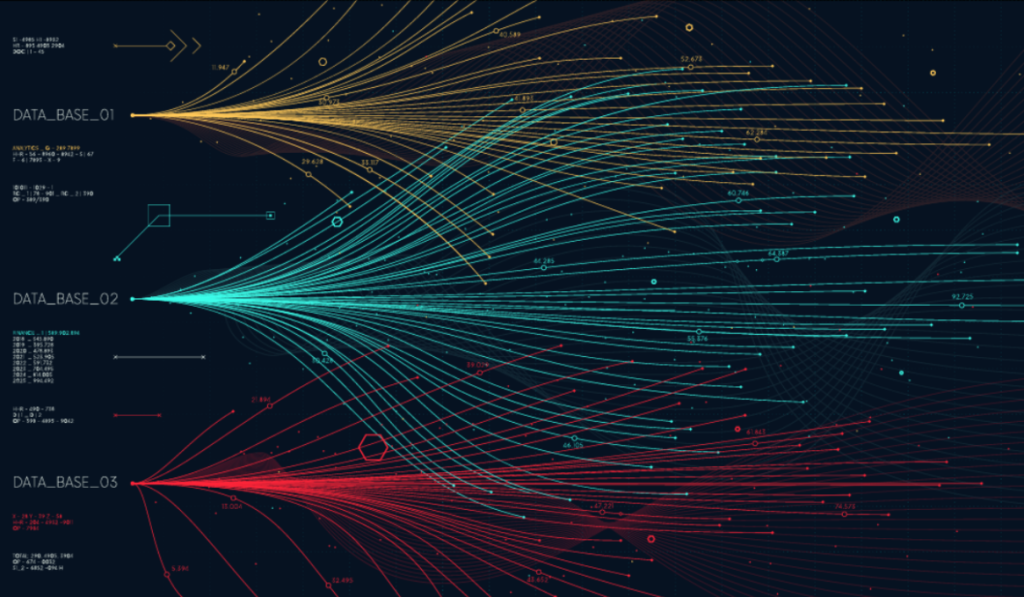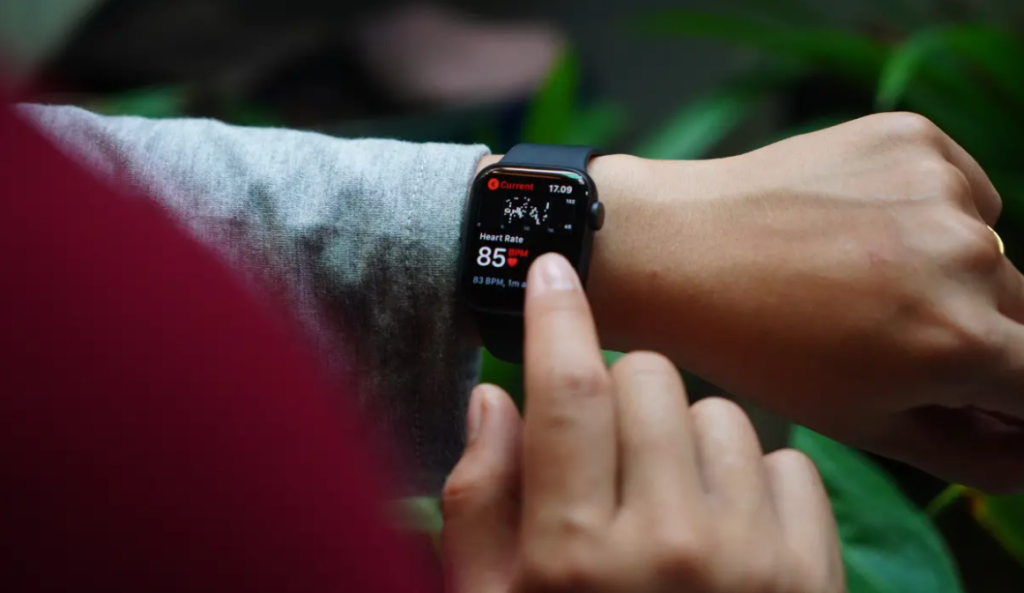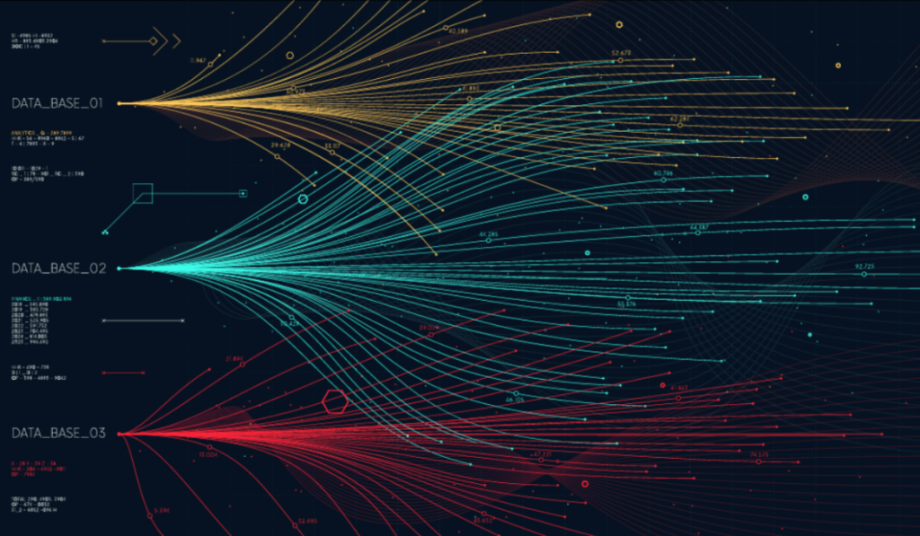From speech analytics and automation capabilities to deep learning platforms, there are many emerging digital technologies being used across industries to enhance customer experience. When applied in healthcare, these technologies have the potential to address a number of challenges for patients, healthcare professionals (HCPs) and medical device developers alike.
Having attended the Customer Engagement Transformation Conference, which focused on customer engagement strategies, here are our key takeaways on the latest technologies that could have transformative applications in healthcare.
An intelligent connected user experience
RingCentral, a cloud-based software provider, discussed the data landscape in large organisations and how data complexity leads to poor customer experience. This complexity can have an impact on employee experiences and subsequently, the quality of services and products that the company offers to its customers. During the conference, RingCentral emphasised the importance of data integration, mentioning that “organisations are using disparate communications tools that don’t talk to each other.” A well-connected experience can lead to higher productivity, performance and therefore, an enhanced experience for end users of the system or service.
Addressing data complexity in healthcare
Data complexity is evident in large pharma and healthcare organisations across the world, creating multiple barriers when delivering much needed medicines and services to patients. For example, identifying the right data and its location, as well as the right tool to access it at the right time, can be difficult for frontline staff who are in direct communication with patients and healthcare professionals (HCPs). This in turn results in decreased customer satisfaction and inefficiencies for the organisation.

Creating a well-integrated data, document and content management system designed with key user groups in mind can transform the quality of staff experiences and the experiences of patients and HCPs. In a healthcare setting, such a system could provide one single source of information, taking advantage of new tech and AI to direct HCPs and other users to the right, actionable data. Achieving this, however, is no easy feat. When developing any digital health solution, it is essential to consider how it will fit into the health system as a whole and the workflows of the people using it. For example, how will HCPs be made aware of the solution and be encouraged to engage with it? Will using the system require a change of habit? Questions such as these will need to be addressed for any intelligent connected experience to be successful.
Hyper-personalisation in customer experience
During the conference, British broadcast company SKY focused on personalised experiences and how relationship basics can be applied to enhance customer journeys throughout their experience lifecycle. SKY’s hyper personalisation approach aims to create unique experiences based on demographic information such as generation, lifestyle, location and age, and has resulted in an increase of customer satisfaction and brand loyalty.
Designing and delivering personalised experiences such as this, is increasingly important for many companies who are looking to set themselves apart from their competitors in the market. By developing an in-depth understanding of user groups, companies can predict customer behaviours, understand their evolving needs and challenges over time and develop a vision that can serve end users and customers in the long term.
Hyper-personalisation in healthcare
Hyper-personalisation can have many beneficial applications in healthcare, with new technologies providing patients with increasingly personalised experiences. For example, proactively staying in contact with patients via digital channels has allowed healthcare companies to create a better understanding of patient and system needs.
Creating data-driven and evidence-based experiences is certainly an important strategic advantage and differentiating factor that companies can employ. However, this is not always consistent across markets. For example, some pharmaceutical companies have valuable patient support platforms in only certain countries, which leads to varying and inconsistent experiences for their customers.
As technology continues to develop, there is the potential to use emerging technologies such as artificial intelligence (AI) and machine learning (ML) to capture more accurate and context-specific data from users.

Speech analytics: tapping into the power of speech data
VodafoneZiggo, a mobile digital communication company, shared the power of speech analytics and how this can be used to transform customer experiences through contextualised vocal data. This is a powerful tool for companies to tap into a large amount of information captured during conversations with customers at different touch points.
Speech analytics and voice recognition technologies such as these have valuable applications in healthcare as well. The contextualised data from speech analytics can be used in various applications to help reduce workload for HCPs whilst increasing accuracy of diagnosis and therapy. The following are examples of how speech analytics can be applied in healthcare.
Contextualising interactions between HCPs and patients
AI and ML are key tools in speech analytics and offer a powerful way to contextualise interactions. During the conference, Route 101, a company specialising in customer experience technologies, shared an AI speech analysis tool that summarises calls and record for training purposes. From a behaviour change perspective, this is a compelling approach as behaviours can be modified almost in real-time.
Applied to patient interactions with HCPs, especially via phone or video call, being able to contextualise the conversation, summarise what was said and offer extra training for HCPs would all be valuable. Contextualised data can be used as a powerful tool to reduce the burden on HCPs and systems, resulting in the delivery of higher quality care to patients in need.
Using voice technology for diagnosis
Voice technology can also be used to diagnose underlying health conditions, such as Alzheimer’s. Research shows that a patient’s voice and speech patterns can be used to identify potentially progressing health conditions, as discussed in our recent blog on digital biomarkers. Speech analytics has the potential to capture and document critical information exchange between a patient and HCP, ensuring that valuable insights are not lost.
Analysis of speech patterns can also help with accurate mental health diagnostic classification, severity assessment, onset prediction, and treatment outcomes. Such an approach can help provide a more accurate and personalised experience for the stakeholders involved. Of course, further research and investigation are still required to aid accurate diagnosis and treatment for different health conditions using AI and ML. As the technology continues to develop, however, we see great potential for its future in healthcare.
Will digital technologies transform patient experiences?
New and emerging digital technologies can be used to create experiences that truly connect with people and solve problems, with great potential for transforming patient experiences. For these technologies to reach their full potential, however, they must be underpinned by an in-depth understanding of users, patients and HCPs and their existing challenges. Only then can we create new and transformative experiences that truly change people’s lives.



